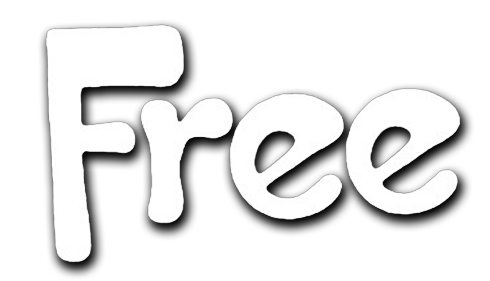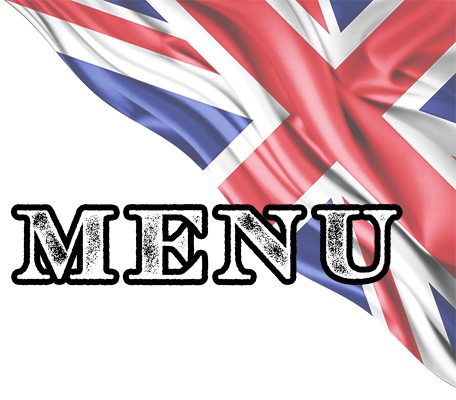Along with CREAM and LED ZEPPELIN, FREE stands as one of the most influential bands of the late 1960’s British blues boom. Formed in London during the spring of 1968, Free‘s original lineup included drummer Simon Kirke, bassist Andy Fraser, lead vocalist Paul Rodgers and guitarist Paul Kossoff. Kirke and Kossoff were heavily influenced by American blues artists and, as teenagers, joined in R&B band called Black Cat Bones. Despite their youth, Kirke and Kossoff were seasoned musicians with a strong and growing reputation among the London blues scene. “Kossoff,” explains Kirke, “while only 17, was a serious student of music.”
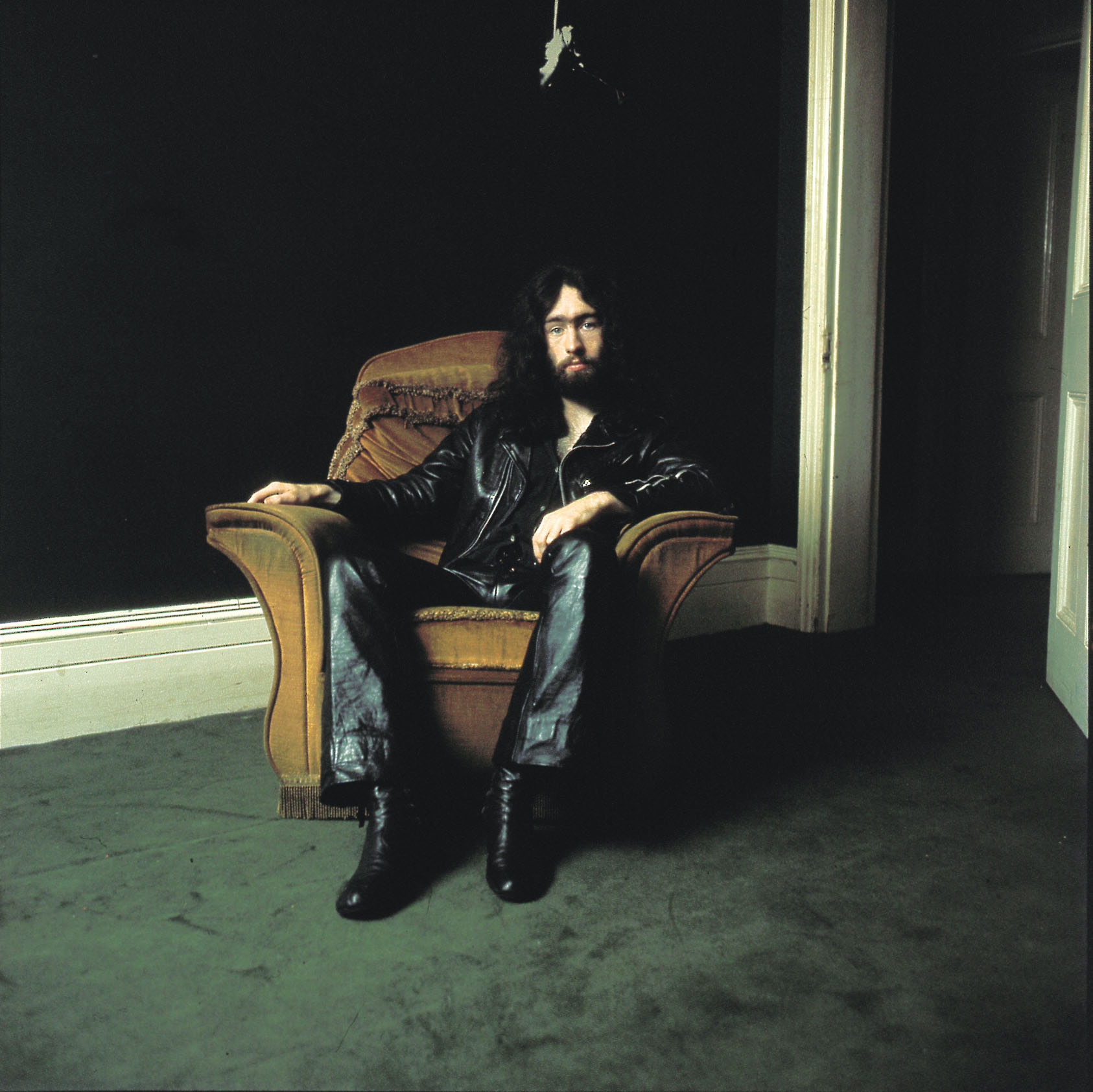 Kossoff’s background had been classical and he had studied for years. But he also loved all of those great soul and blues records from America. Veteran producer Mike Vernon best known for his work with John Mayall enlisted Black Cat Bones to back Champion Jack Dupreee on the legendary pianists `When you feel the feeling Album for Blue Horizon. Apart from their celebrated session with Dupree, Kirke and Kossoff grew restless and disbanded the group.
Kossoff’s background had been classical and he had studied for years. But he also loved all of those great soul and blues records from America. Veteran producer Mike Vernon best known for his work with John Mayall enlisted Black Cat Bones to back Champion Jack Dupreee on the legendary pianists `When you feel the feeling Album for Blue Horizon. Apart from their celebrated session with Dupree, Kirke and Kossoff grew restless and disbanded the group.
While scouting for a vocalist to front their new band, Kossoff and Kirke visited the Fickle Pickle, an R&B club in London’s Finsbury Park. It was here that the two first heard Paul Rodgers, a young vocalist then performing with Brown Sugar. Kirke and Kossoff were immediately impressed with Rodger?s expressive voice and charismatic style, and recruited him for their group. “Paul owed a great deal to Otis Redding,” recalls Kirke, “his voice had power and presence. We knew that he was – and still is – unique.”
With Rodgers in the fold, Kossoff and Kirke, to round out their new ensemble, turned to one of their mentors, British blues legend Alexis Korner. “Korner was a big help to us,” says Kirke simply. “Kossoff had been very friendly with him and Alexis recommended Andy Fraser to us. Though Andy was only 15, he had played with John Mayall’s Bluesbreakers, which really won our respect.When we first saw him play, he was sitting in with Alexis Band, wearing these flared trousers and ruffled shirts with rough collars.”
“We thought, bloody hell, who is this little punk! But when he started playing we knew that he was really quite good. Impressed with Fraser’s abilities, Korner helped arrange an set up at the Nag’s Head Pub in Battersea,” remembers Kirke. “It was great, a very fertile meeting. In fact, at that initial get together, we wrote six blues based songs. About five or six hours in, Alexis came down and stood in the wings watching. He not only gave us his seal of approval, he also gave us our the name: FREE.”
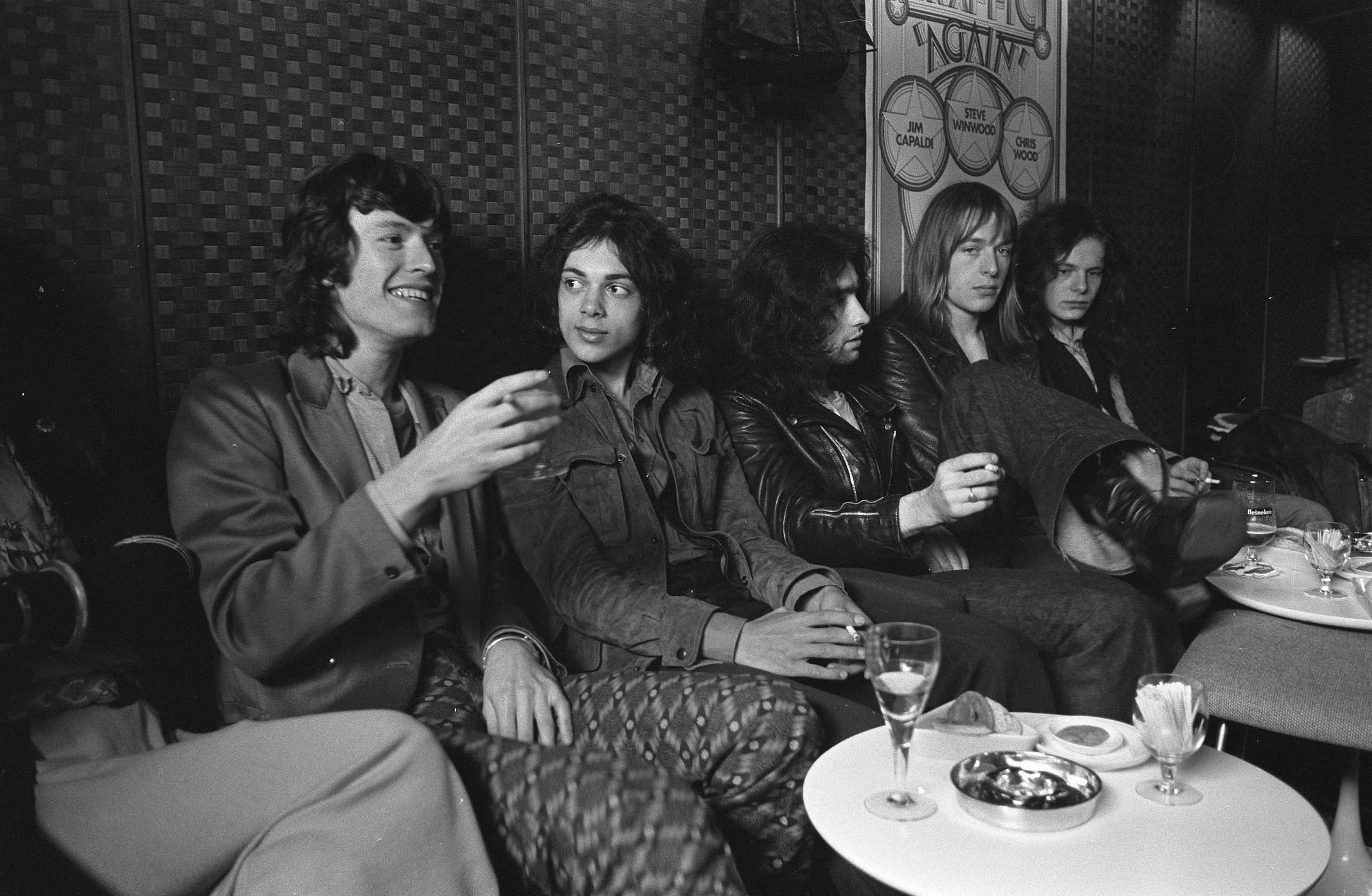 Korner’s simple choice met with immediate approval. “You must remember,” says Kirke, “in those days, it was all sort of arty-farty in Britain. Jack Bruce, Ginger Baker and Graham Bond once had a band called FREE at LAST which was a name we really liked, however it was already been used though we did use it later as the title for one of our albums. We were a blues band, so we decided on FREE, which we thought was something a bit more nebulous.”
Korner’s simple choice met with immediate approval. “You must remember,” says Kirke, “in those days, it was all sort of arty-farty in Britain. Jack Bruce, Ginger Baker and Graham Bond once had a band called FREE at LAST which was a name we really liked, however it was already been used though we did use it later as the title for one of our albums. We were a blues band, so we decided on FREE, which we thought was something a bit more nebulous.”
Beginning with that initial jam session, Free sought to establish their own distinct sound and style, shunning excess amplification and instrumentation for sparse arrangement and a gritty, high energy mix of rock and blues. “Though we were only kids fresh out of adolescence,” explains Kirke, “we were very serious about the direction of our music. We were never interested in the trappings of psychedelia. We wanted it very simple Bass, Guitar, Drums and Vocal. Paul Rodgers could play both bass and guitar but we rarely called on him for it. We never wanted to have a gaudy sound.”
1968
On Korners recommendation, Free was signed to Chris Blackwell’s Island Records and, subsequently A&M Records in the U.S. Working with producer Guy Stevens, Free entered London’s Morgan Studios to begin recording TONS OF SOBS, their debut album.
Despite the band’s emerging success as a touring unit, capturing their sound in the studio was, at least initially, more of a challenge.”We were really wet behind the ears when we went to record TONS OF SOBS,” explains Kirke, “we didn’t know what to do. Our producer, Guy Stevens, was very talented and was forever buzzing about the studio. Guy sensed that we were struggling and he pulled us aside. He told us to relay and just play the two 45-minute sets that we had been playing in the clubs. That’s how we did the album. TONS OF SOBS (a title coined by Stevens) was recorded in a week. When I think about it today, it seems amazing. Now it seems to take a week to get the right snare sound!”
Released in November 1968 TONS OF SOBS and tracks such as I’M A MOVER and THE HUNTER were obvious examples of the bands earthy roots and considerable blues influence. WALK IN MY SHADOW, cited by Kirke as the first song the band ever wrote together, is equally charged, powered by Kossoff’s muscular riffing and Rodgers confident lead vocal. On the heels of TONS OF SOBS, FREE followed with BROAD DAYLIGHT, their stylish debut single. However, despite a superb vocal performance by Rodgers, the song failed to chart in both the U.S. and U.K. “As a single, BROAD DAYLIGHT was a disaster,” remembers Kirke. “I think it sold three copies in Sheffield. It was a funny song, totally unrepresentative of the group at the time. Even tough it was early on in our career, the release of BROAD DAYLIGHT was when I had my first inkling that Fraser wasn’t quite on the same wavelength as Kossoff and I. Andy wrote it with Paul and was really insistent that it become a big single for us. It just wasn’t meant to be.”
1969
Despite their lack of chart success to date, the band enjoyed a loyal following built on regular tours throughout Britain. That effort appeared to pay immediate dividends with the release of FREE, the band’s second album, in 1969. With FREE, the group displayed an emerging individual style framed by Kossoff’s stinging lead guitar, Fraser’s bass, Kirke’s rock solid beat and Rodgers anguished vocals. Unburdened by extended solos or lengthy jams typical of the era, such powerful original material as I’LL BE CREEPIN showcased the talents of Kossoff and Fraser without sacrificing the group’s taut. While tracks such as WOMAN provided a vehicle for Rodgers considerable vocal prowess, behind the scenes, Fraser’s reputation as a child prodigy was further enhanced by his contributions to FREE.
“Fraser’s bass playing on I’LL BE CREEPIN was fantastic,” says Kirke, “I always felt that, pound for pound, Fraser had the most talent of the four of us. Fraser was quite advanced for his age and, in many ways, a lot like John Paul Jones of Led Zeppelin-someone who could play a number of instruments well and was a strong, but quiet influence.”
In America, neither of FREE‘s first two albums had generated much interest. Their big break would come in Summer of 1969, when the band was asked along with DELANY & BONNIE, to open dates on BLIND FAITH‘s massive U.S. Tour. “That turned out to be very fortuitous for the band,” recalls Kirke. “Our tour with BLIND FAITH ended with a big show at Madison Square Garden. Afterwards, we were offered a chance to play at Woodstock, but that fell through. Instead, we were offered a week’s worth of gigs at Ungano’s popular Nightclub in New York. The second night that we were there, CLAPTON and BAKER walked in and we were stunned, absolutely in awe, because we had very little contact with them during the tour. Clapton came backstage and asked Kossoff to show him how he got such strong and fluid vibrato in his playing. Kossoff nearly died. What, me showing you stuff?? You must be joking! But Clapton was serious, as Kossoff, among the guitarists fraternity, had really begun to develop a name for himself.
1970
With two strong albums and nearly two years of touring already under their belt, the quartet’s combination of blues and rock was, perhaps, best captured on their seminal FIRE AND WATER album, released in 1970. An engaging mix of ballads and strident rockers. FIRE AND WATER also featured ALL RIGHT NOW, the group’s breakthrough single. An edited version of ALL RIGHT NOW had a major chart impact, reaching No. 2 on the U.K. single chart and, in the USA, No. 4 on the Billboard chart. Driven by Kossoff’s incessant riffling, ALL RIGHT NOW has proved remarkably durable, remaining, nearly 25 Years later, the band’s signature tune. According to Kirke, the song actually drew its roots from necessity.
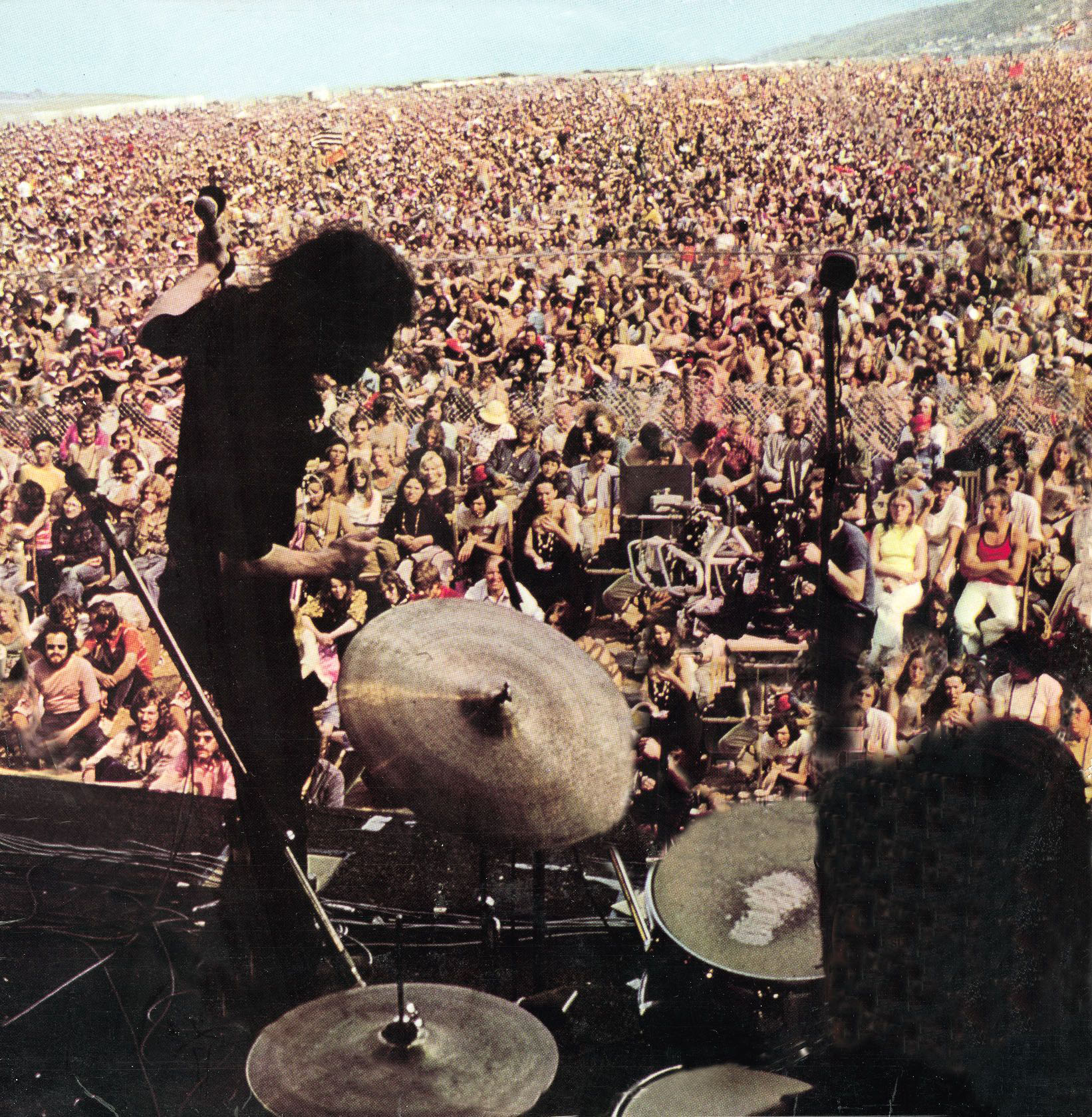 “ALL RIGHT NOW was created after a bad gig in Durham, England. Our repertoire at that time was mostly slow and medium paced blues songs which was alright if you were a student sitting quietly and nodding your head to the beat. However, we finished our show in Durham and walked off the stage to the sound of our own footsteps. The applause had died before I had even left the drum riser. When we got into the dressing room, it was obvious that we needed an uptempo number, a rocker to close our shows. All of sudden, the Inspiration struck Fraser, and he started bopping around singing ALL RIGHT NOW…. He sat down and wrote it right there in the dressing room. It couldn’t have taken more than ten minutes.”
“ALL RIGHT NOW was created after a bad gig in Durham, England. Our repertoire at that time was mostly slow and medium paced blues songs which was alright if you were a student sitting quietly and nodding your head to the beat. However, we finished our show in Durham and walked off the stage to the sound of our own footsteps. The applause had died before I had even left the drum riser. When we got into the dressing room, it was obvious that we needed an uptempo number, a rocker to close our shows. All of sudden, the Inspiration struck Fraser, and he started bopping around singing ALL RIGHT NOW…. He sat down and wrote it right there in the dressing room. It couldn’t have taken more than ten minutes.”
HEAVY LOAD and OH I WEPT also from FIRE AND WATER were superb examples of Free‘s unique marriage of solemn blues and swaggering hard rock. With the release of FIRE AND WATER, Rodgers had emerged as one of hard rock?s premier vocalists. “In the studio,” remembers Kirke, “Paul was a one take wonder. He might have done an occasional vocal twice, but that was it. His vocal style was very dry and stripped down with no embellishments at all. I can’t remember one instance when Paul used any effects such as reverb on his voice. What you hear on those record’s is exactly what he sounded like – and that’s what makes him really, really special.”
Building on the momentum created by the international success of ALL RIGHT NOW and their acclaimed performance at the massive ISLE OF WIGHT Festival in August 1970, FIRE AND WATER enjoyed tremendous success in both US and UK. THE STEALER, the group’s follow up single and HIGHWAY, the group’s fourth album, sold poorly, confounding the young band. “There was a lot of pressure on us to follow up FIRE AND WATER,” recalls Kirke, “after that HIT we started touring country’s rather than towns. But we just didn’t have the seasoning. I mean how do you follow ALL RIGHT NOW? We tried THE STEALER but we knew it wasn’t enough.”
HIGHWAY offered fans a mellower perspective, as Fraser and Rodgers began to incorporate more outside influences into their compositions. This subtle change in musical direction created some tension within the band. “HIGHWAY was a very laid back album,” states Kirke, “we had broken out of twelve bar blues and had gotten heavily into Bob Dylan and The BAND, especially Paul and Andy. The band’s MUSIC FROM PIG PINK really turned as around. But even though I loved Levon Helm’s drumming, Kossoff and I were still into the blues.”
1971
Frustrated by HIGHWAY‘s commercial rejection and unsure of their future musical direction, Free was consumed by internal friction and a nagging sense of self-doubt. In May 1971, following a turbulent Asian Tour, Free disbanded.
“HIGHWAY was a flop,” says Kirke, “especially when compared to (the sales success of) FIRE AND WATER. We just couldn’t take the knocks at that age. We thought, foolishly, that we should break up because no one loves us anymore. We were that naive.”
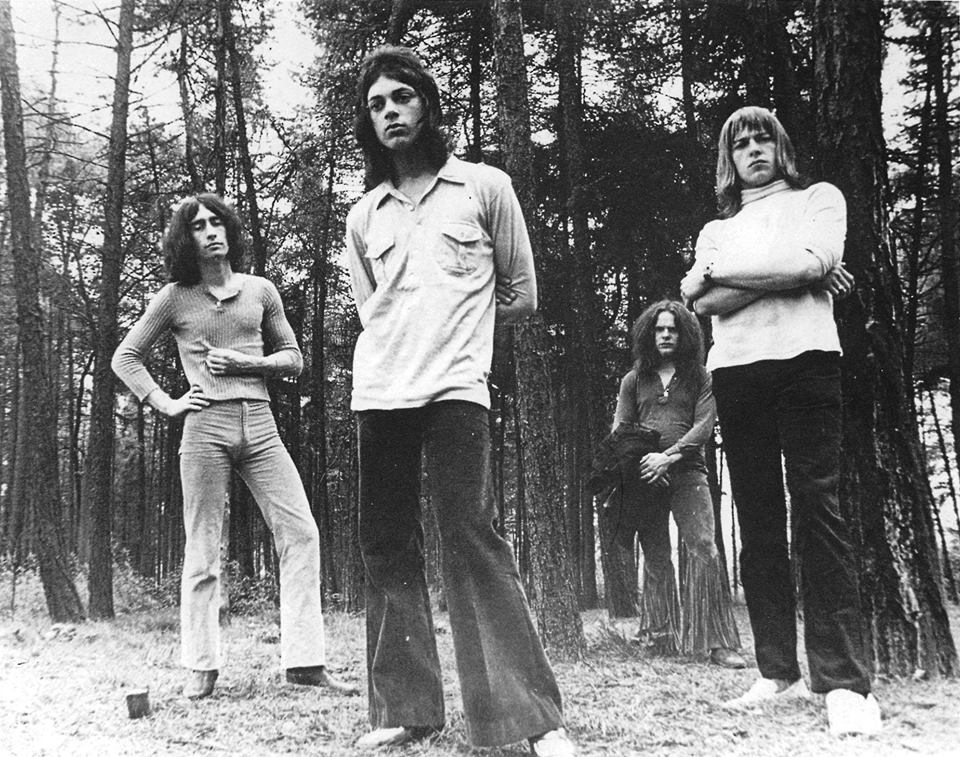 Just prior to announcing their decision to split, MY BROTHER JAKE climbed up the British Pop charts, reaching No. 4 in June of 1971. “The song’s UK-only success,” explains Kirke, “was almost anticipated. MY BROTHER JAKE was a very parochial song, clearly English, where THE STEALER had more of an American flavour. JAKE was very cheeky and all Andy Fraser, with pub piano, a jaunty beat and lyrics about someone pissing their lives away. Who couldn’t relate to that?”
Just prior to announcing their decision to split, MY BROTHER JAKE climbed up the British Pop charts, reaching No. 4 in June of 1971. “The song’s UK-only success,” explains Kirke, “was almost anticipated. MY BROTHER JAKE was a very parochial song, clearly English, where THE STEALER had more of an American flavour. JAKE was very cheeky and all Andy Fraser, with pub piano, a jaunty beat and lyrics about someone pissing their lives away. Who couldn’t relate to that?”
On the heels of MY BROTHER JAKE, the band issued FREE LIVE!, a spirited live album largely compiled from a recent performance at Croydon’s Fairfield Hall. “The three tracks included on this compilation,” says Kirke, “captured the energy and excitement of FREE in concert. FIRE AND WATER, RIDE ON PONY, and MR. BIG really summed up what FREE was like live. FIRE AND WATER, one of our best songs, and RIDE ON PONY were very much influenced by THE BAND. MR. BIG was really a showcase for Andy’s playing. Usually, when a Bassist would take a solo, 90 percent of the audience would head to the bar. What made MR.BIG really cool was that Fraser did his solo without the band stopping. It was just a great track to play live.”
While FREE LIVE! peaked only at No. 89 in the US, the album would reach the No. 4 position in the U.K., where it became an essential souvenir for British fans. With Fraser off to form TOBY with guitarist Adrian Fisher and drummer Stan Speaks, Paul Rodgers also formed a new group, fronting Stewart McDonald and Mich Underwood as Peace. While Peace would open for MOTT THE HOOPLE on their UK Tour, neither PEACE or TOBY were successful. Kossoff and Kirke were active as well, recruiting John RABBIT BUNDRICK (later of the WHO) on keyboards and bassist Tetsu Yamauchi (later to join the Face) for an album known simply as KOSSOFF, KIRKE, TETSU, RABBIT.
1972
Having struggled in their new projects, FREE reformed in January 1972, touring the UK and beginning sessions for FREE AT LAST. “We had only broken up for about six months,” remembers Kirke, “but that was long enough. When Andy and Paul had first decided to leave, I don’t think many steps were taken by anyone to change their minds. After Paul went off with PEACE and Andy formed TOBY, it was like for chrissakes guys, what are you pissing away? Let’s put this thing back together.”
While FREE AT LAST and its accompanying single LITTLE BIT OF LOVE re-established the band commercially, a crippling mixture of old and new problems surfaced, again threatening the future of the group. The most serious of which was Kossoff’s mounting drug addiction which compounded his ill-health. Free would tour the US during the early Summer of 1972, but Kossoff condition caused him to miss dates, forcing, initially. On the eve of the group’s July tour of Japan, Andy Fraser abruptly departed. Rodgers handled now vocals and guitar. By October, with Kossoff’s health temporarily improved, the original quartet reformed to tour the UK. Recording sessions for HEARTBREAKER, Free’s final album, began but Kossoff’s contribution were muted. Nonetheless, HEARTBREAKER was well received both in the US and the UK, where the album reached No. 9 and WISHING WELL, the single, reached No. 7 on the POP Chart. On tour to support the album, Osibisa’s Wendel Richardson was recruited to help out when Kossoff’s condition was too bad. Finally, by July of 1973, Free disbanded for good.
After Free
After disbanding in 1973, Rodgers and Kirke formed rock supergroup Bad Company the same year. Fraser went on to form the band Sharks and later The Andy Fraser Band, and Kossoff formed the band Back Street Crawler. By 1976, Kossoff’s drug addictions contributed to a drastic decline in the guitarist’s health. On a flight from Los Angeles to New York City on 19 March 1976, Paul Kossoff died from a pulmonary embolism at the age of 25. Andy Fraser died on 16 March 2015 of a heart attack caused by atherosclerosis.
Paul Rodgers and Simon Kirke have both been musically active from 1968-present. Bad Company remains active currently touring throughout North America. For tour information and dates, please visit www.badcompany.com
